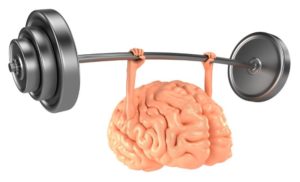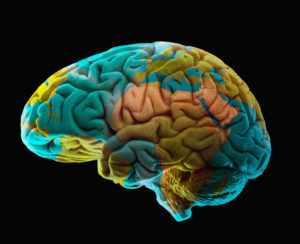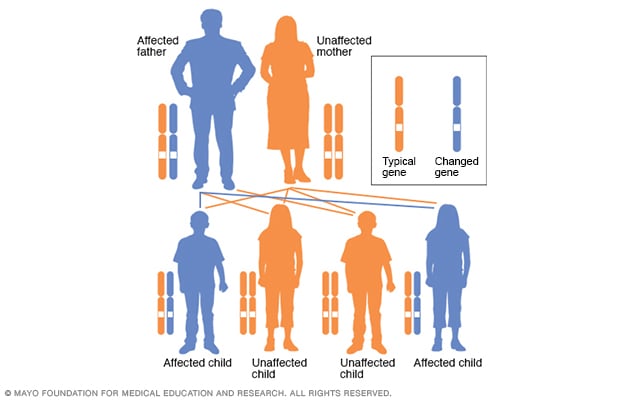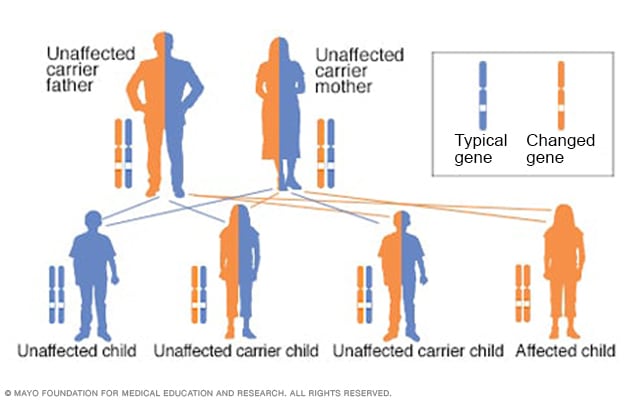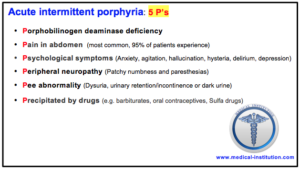
Porphyria (por-FEAR-e-uh) refers to a group of disorders that result from a buildup of natural chemicals that produce porphyrin in your body. Porphyrins are essential for the function of hemoglobin — a protein in your red blood cells that links to porphyrin, binds iron, and carries oxygen to your organs and tissues. High levels of porphyrins can cause significant problems.
There are two general categories of porphyria: acute, which mainly affects the nervous system, and cutaneous, which mainly affects the skin. Some types of porphyria have both nervous system symptoms and skin symptoms.
Signs and symptoms of porphyria vary, depending on the specific type and severity. Porphyria is usually inherited — one or both parents pass along an abnormal gene to their child.
Although porphyria can’t be cured, certain lifestyle changes to avoid triggering symptoms may help you manage it. Treatment for symptoms depends on the type of porphyria you have.
Symptoms
Symptoms of porphyria can vary widely in severity, by type and among individuals. Some people with the gene mutations that cause porphyria never have any symptoms.
Acute porphyrias
Acute porphyrias include forms of the disease that typically cause nervous system symptoms, which appear quickly and can be severe. Symptoms may last days to weeks and usually improve slowly after the attack. Acute intermittent porphyria is the common form of acute porphyria.
Signs and symptoms of acute porphyria may include:
- Severe abdominal pain
- Pain in your chest, legs or back
- Constipation or diarrhea
- Nausea and vomiting
- Muscle pain, tingling, numbness, weakness or paralysis
- Red or brown urine
- Mental changes, such as anxiety, confusion, hallucinations, disorientation or paranoia
- Breathing problems
- Urination problems
- Rapid or irregular heartbeats you can feel (palpitations)
- High blood pressure
- Seizures
Cutaneous porphyrias
Cutaneous porphyrias include forms of the disease that cause skin symptoms as a result of sensitivity to sunlight, but these forms don’t usually affect your nervous system. Porphyria cutanea tarda (PCT) is the most common type of all the porphyrias.
As a result of sun exposure, you may experience:
- Sensitivity to the sun and sometimes artificial light, causing burning pain
- Sudden painful skin redness (erythema) and swelling (edema
- Blisters on exposed skin, usually the hands, arms and face
- Fragile thin skin with changes in skin color (pigment)
- Itching
- Excessive hair growth in affected areas
- Red or brown urine
When to see a doctor
Many signs and symptoms of porphyria are similar to those of other, more common conditions. This can make it difficult to know if you’re having an attack of porphyria. If you have any of the above symptoms, seek medical attention.
Causes
All types of porphyria involve a problem in the production of heme. Heme is a component of hemoglobin, the protein in red blood cells that carries oxygen from your lungs to all parts of your body. Heme production, which occurs in the bone marrow and liver, involves eight different enzymes — a shortage (deficiency) of a specific enzyme determines the type of porphyria.
In cutaneous porphyria, the porphyrins build up in the skin, and when exposed to sunlight, cause symptoms. In acute porphyrias, the buildup damages the nervous system.
Genetic forms
Most forms of porphyria are inherited. Porphyria can occur if you inherit:
- A defective gene from one of your parents (autosomal dominant pattern)
- Defective genes from both parents (autosomal recessive pattern)
Just because you inherit a gene or genes that can cause porphyria doesn’t mean that you’ll have signs and symptoms. You might have what’s called latent porphyria, and never have symptoms. This is the case for most carriers of the abnormal genes.
Acquired forms
Porphyria cutanea tarda (PCT) typically is acquired rather than inherited, although the enzyme deficiency may be inherited. Certain triggers that impact enzyme production — such as too much iron in the body, liver disease, estrogen medication, smoking or excessive alcohol use — can cause symptoms.
Risk factors
In addition to genetic risks, environmental factors may trigger the development of signs and symptoms in porphyria. When exposed to the trigger, your body’s demand for heme production increases. This overwhelms the deficient enzyme, setting in motion a process that causes a buildup of porphyrins.
Examples of triggers include:
- Exposure to sunlight
- Certain medications, including hormone drugs
- Recreational drugs
- Dieting or fasting
- Smoking
- Physical stress, such as infections or other illnesses
- Emotional stress
- Alcohol use
- Menstrual hormones ― acute porphyria attacks are rare before puberty and after menopause in women
Complications
Possible complications depend on the form of porphyria:
- Acute porphyrias can be life-threatening if an attack isn’t promptly treated. During an attack, you may experience dehydration, breathing problems, seizures and high blood pressure. Episodes often require hospitalization for treatment. Long-term complications with recurrent acute attacks may include chronic pain, chronic kidney failure and liver damage.
- Cutaneous porphyrias can result in permanent skin damage. Also, the skin blisters can become infected. When your skin heals after cutaneous porphyria, it may have an abnormal appearance and coloring, be fragile, or leave scars.
Prevention
Although there’s no way to prevent porphyria, if you have the disease, avoid triggers to help prevent symptoms.
Because porphyria is usually an inherited disorder, your siblings and other family members may want to consider genetic testing to determine if they have the disease, and get genetic counseling if needed.
